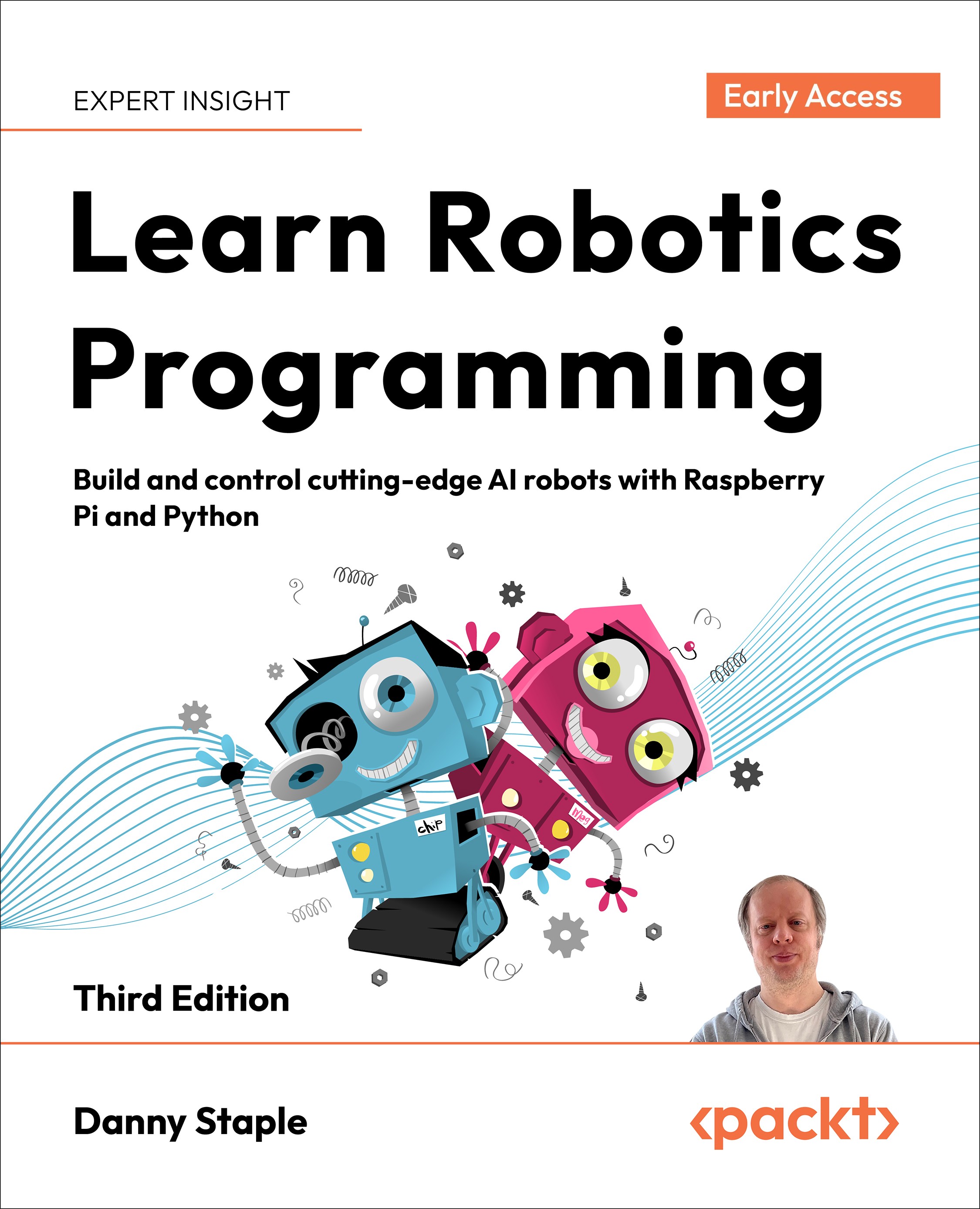Summary
In this chapter, we have looked at what the word robot means, and the facts and fiction associated with robots. We have defined what a real-world robot is by considering what a machine needs to do in order to be considered a robot.We've investigated the robots seen in the home and in industry, through the lens of determining sensors and outputs. You've been shown some designed to amaze or travel to other planets. We've also looked at hobbyist and education robots, and how some of these are just built for fun. You've seen some block diagrams of real-world devices that may not have been considered robots. You've also spotted how our homes may already have several robots present.I hope this chapter has you thinking about what earns the title of robot. A washing machine can have advanced robotic functions. A machine called a robot, however, could be simply a remote-controlled device, such as telepresence robots or Robot Wars robots. Undoubtedly, all have sophisticated engineering, requiring many similar skills to make them.While some robots are clearly robots, such as NASA’s Valkyrie and Yumi, some others are far harder to draw the line at. If the broad concept of a decision-making, electro-mechanical machine fits these cases, it would exclude the remote-controlled type. If the concept of machines that are mobile is applied, then a toy RC car would be included, while a fully autonomous smart machine that is stationary is excluded. A machine could be made to look robot-like with anthropic (human-like) characteristics, but simply being mechanical, moving an arm up and down – is this a robot? It isn't running a program or reacting to an environment.We have covered robot components like motors, displays, indicators, and sensors, together with examples and some details regarding their types. These are the parts that allow our robot to interact with the world.Now that we have explored what robots are, let's move on to the next chapter, in which we'll explore robot controllers, the parts of a robot that run the code and connect sensors and motors as well as how to plan a robot so that we can build it.




























































